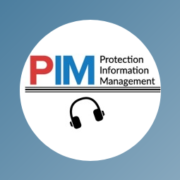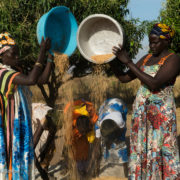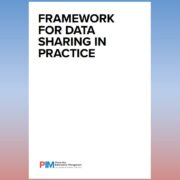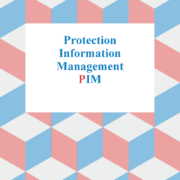
This is thirty year old Minadar he has eight children (in this image with his eight year old daughter Noorzia), they all returned to Afghanistan two years ago’ in 2013.
Background and rationale:
Earlier in 2015, a small working group of DRC and UNHCR colleagues came together to develop a PIM framework with a series of supporting components. Discussions and further brainstorming continued on these components at the first Protection Information Management (PIM) Working Meeting, held with global-level PIM stakeholders in Copenhagen in May 2015.
Since May 2015 (read more here), colleagues from a growing community of PIM stakeholders have continued to conceptualize and develop PIM ‘Next Steps’ originally formulated at the May meeting. Key documents and concepts were further developed by the PIM reference group during May-December 2015, providing the foundation for the second PIM Working Meeting, held in Geneva in December 2015.
Building on the work of the first working meeting, this second working meeting was an opportunity for key protection and information management (IM) colleagues to further articulate the PIM discipline, components, and systems, which are grounded in solid protection and information management practices.
The work contained in this document is collectively owned by the humanitarian community at large. It has been collaboratively developed by the PIM reference group and by PIM stakeholders from throughout the humanitarian community who attended the first and second PIM Working Meetings.
This document presents specific outcomes of the second PIM Working Meeting, as developed and agreed among colleagues who attended the meeting, and are as follows:
- Added to and further developed the collection of Common PIM Terminology;
- Further refined the PIM Matrix — including PIM characteristics, terminology, and outputs — to be used in designing and delivering a protection response;
- Identified data and information outputs by PIM Category to be shared;
- Identified examples of the first and second priority types of data in different scenarios;
- Articulated common problems and solutions to data and information sharing and collaboration;
- Identified next steps for strengthening concepts discussed and/or agreed during the second PIM Working Meeting;
- Articulated a shared vision and mission statement on PIM.
Click here to download and read more.




